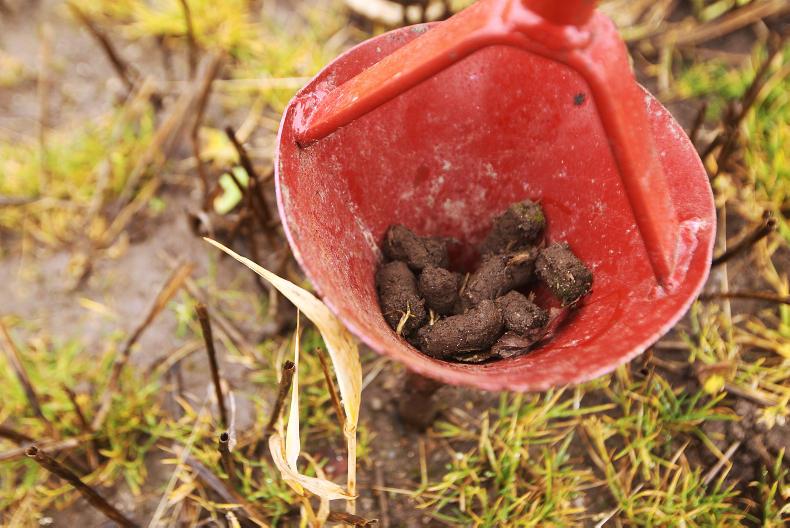No real weather improvement: So much for the promise of better weather. Very few places in the country had less than an inch of rain in the past week and some areas had more than two inches. But signs of spring growth are now with us and crops look like they want to grow at long last. This rise in soil temperature is undoubtedly a help in this regard with most areas now above 7°C.
We have gradually slipped into the second half of the spring planting season, which has not yet begun for most growers. Even if the weather dried up today, most land will take five days plus to dry adequately. So the pressure is mounting and the first preferences may have to change again.
Forward winter crops are moving into stem extension and so main N splits and PGR will be needed soon. It seems likely that the later sown winter crops will see a period of rapid stem extension at some point and this may mean higher than normal lodging risk. The critical period is early stem extension to past second node. Any weakness in this growth slot may leave weaker stems and higher risk.
Planting
A few growers got a little planting done over the past week but now there is water lying on land once again. If you are still putting in beans, a strip till drill might get the job done a bit earlier. Seedbed quality is even more important with later planting, especially for barley, as crops cannot afford any setback. A good guide is to only sow when you can roll immediately. Uneven emergence brings additional problems like BYDV and uneven ripening.
All cereal planting now should consider a minimum of 350 seeds/m2. Make use of recent P & K tests and get fertiliser incorporated into the seedbed if it is not to be combine drilled. This is essential as dryness must now be a potential problem following all of the recent rain. If possible, put more N into the seedbed as a precaution.
We await a decision on a possible derogation from the three-crop rule. However, growers should still try to plant what is sensible for now and for harvest. If there is a local interest in having fodder crops produced they might be considered if you can strike a price deal.
Nitrogen
Winter crops seem to have come to life over the past week and they will need the bulk of their N applied as they move into stem extension. Cut the stem along its length to give you a clearer picture of what’s happening. You will either see the developing ear moving up or a portion of hollow stem visible.
Make sure you have adequate sulphur applied by stem extension – 15-20kg S/ha for cereals and 30-40kg S/ha for winter rape. Rape should receive its final N (up to 90kg/ha) as flowers begin to appear.
Bring winter wheat up to 150kg N/ha in Index 2 fields or 170-180kg N/ha on Index 1 sites. For winter barley bring worn Index 1 fields up to 200kg N/ha with a bit less on stronger land. Bring oats up to 130-140kg N/ha. Adjust total N levels for historic yield and for any relatively recent applied organic manures.






 This is a subscriber-only article
This is a subscriber-only article










SHARING OPTIONS: